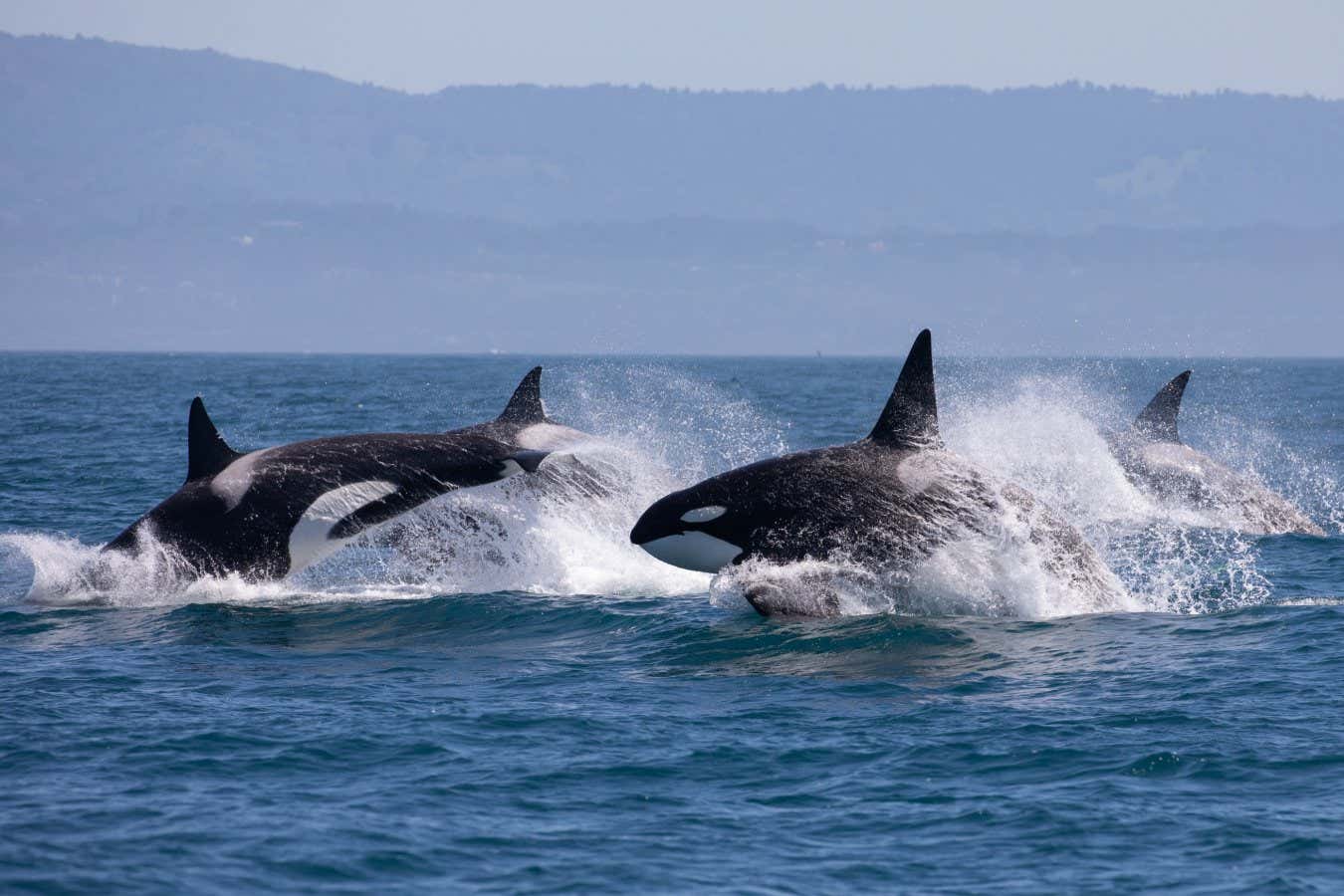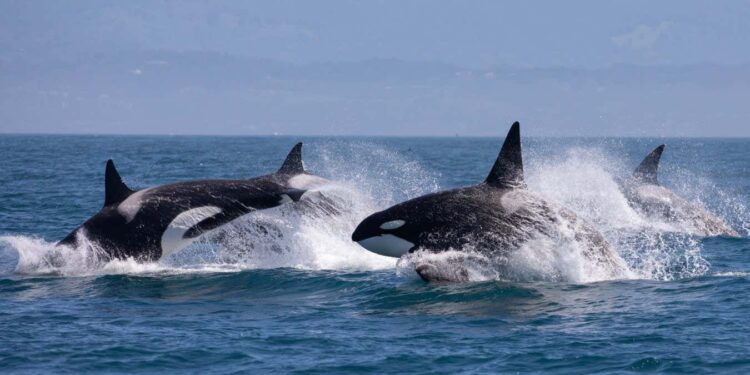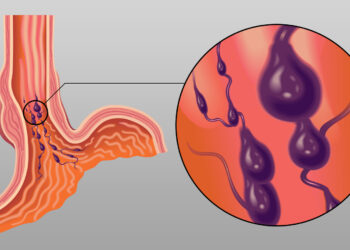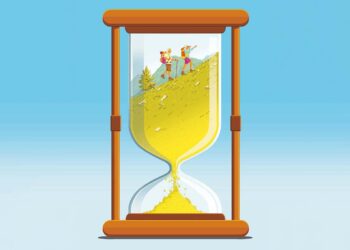
Groups of killer whales exhibit strong social behaviour
Shutterstock/Tory Kallman
Orcas off the west coast of North America are grooming each other with kelp, in a rare sighting of marine mammals manufacturing and using tools.
For several years, scientists have been keenly observing 80 endangered killer whales in the segment of the Pacific Ocean between British Columbia and Washington state. To get a bird’s eye view of the whales’ lives, the researchers also tracked them with drones.
While poring over footage from summer 2024, they noticed that the orcas were manoeuvring strands of kelp in odd ways. It was “really weird”, says Rachel John at the Center for Whale Research in Washington state, “but the whales, they do weird things all the time”.
In the footage, the orcas can be spotted breaking off kelp stalks near where they meet the rock bed by grabbing them with their teeth and jerking their heads back and forth. The short, snapped-off segments were roughly equivalent in length to that of the whale’s beak-like face. Over and over again, the orcas appear to consistently target just that specific segment of the algae, not other random parts of kelp.
After breaking off a strand, a whale would then sandwich the kelp between their head and the bodies of other whales in the pod, rubbing and rolling it onto each other’s sides. They take turns cleaning each other with the kelp, sometimes grooming each other for up to 12 minutes.
“What’s cool is that they don’t have any kind of hand-like appendages, and so they’re doing all of this using very deliberate movements of their body,” says John.
Orcas are known to rub themselves against kelp on their own, known as “kelping”. This could be a social variation of that behaviour. “We know that the social bonds in this population are super, super strong, and we know that contact is one way that they reinforce those bonds,” says John.
The behaviour was present across all ages and sexes, though the data suggests the whales that were most closely related and those closer in age were more likely to “kelp” together. Crucially, this may be a form of whale hygiene, says John, as the team found that orcas are more likely to scrub each other with kelp if they are shedding their skin.
It might still be too early to confirm whether this skincare has health benefits, says Olaf Meynecke at Griffith University, Australia. He would like to see the researchers cross-reference the orcas’ skin bacteria with the properties of the kelp to see if they match.
“It totally makes sense to me that they are seeking out anything that the ocean could offer to help them with potential reduction in skin infections,” says Meynecke. He suspects this is a widespread behaviour among other orca populations and whale species.
Topics:
Source link : https://www.newscientist.com/article/2485501-orcas-scrub-each-other-clean-with-bits-of-kelp/?utm_campaign=RSS%7CNSNS&utm_source=NSNS&utm_medium=RSS&utm_content=home
Author :
Publish date : 2025-06-23 16:00:00
Copyright for syndicated content belongs to the linked Source.














